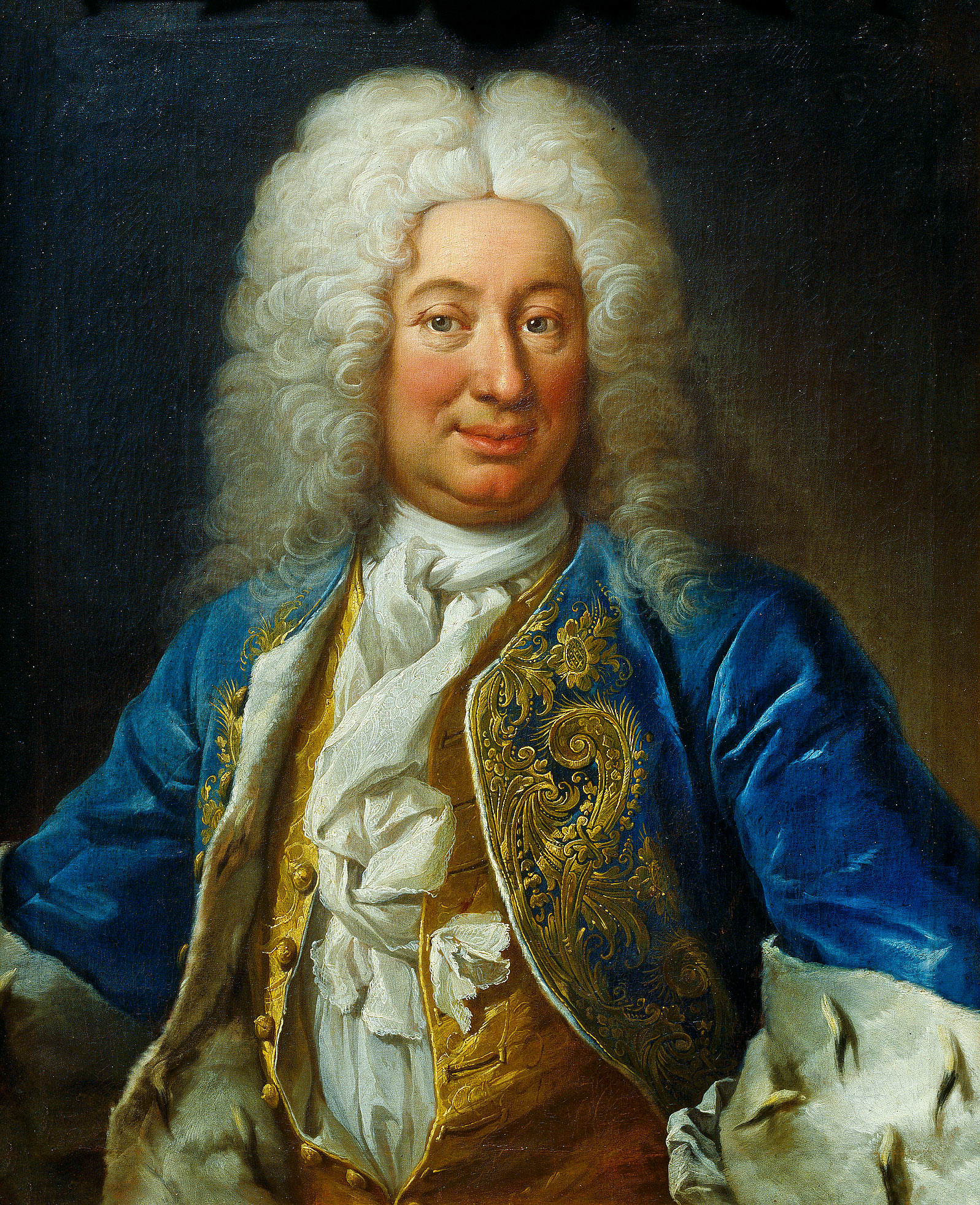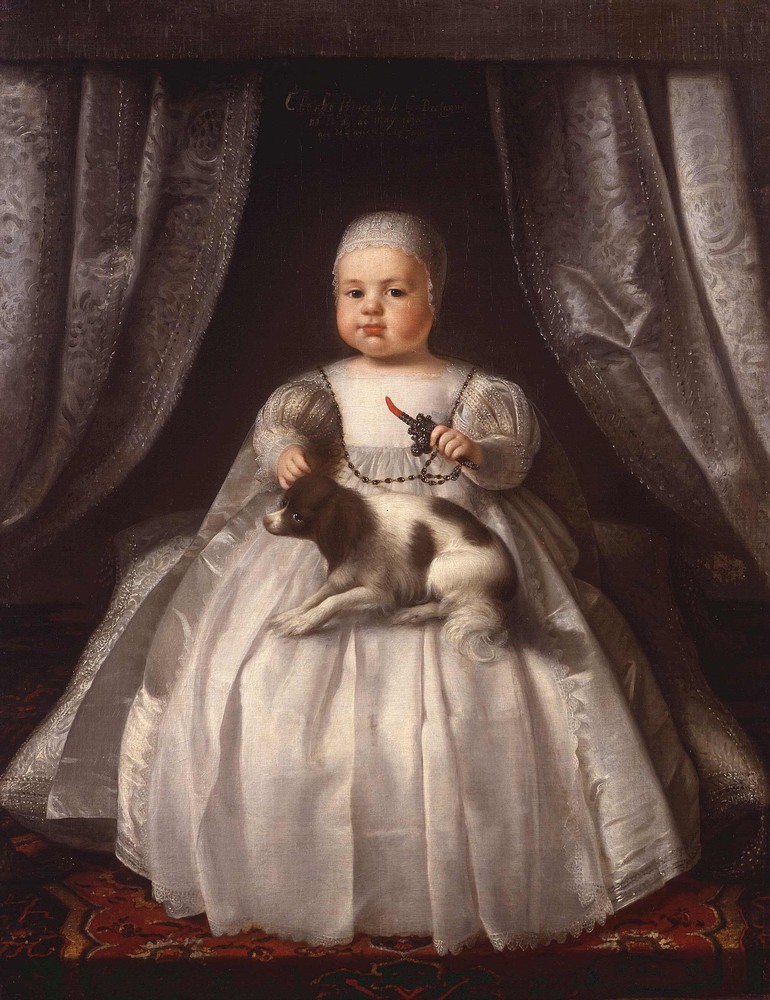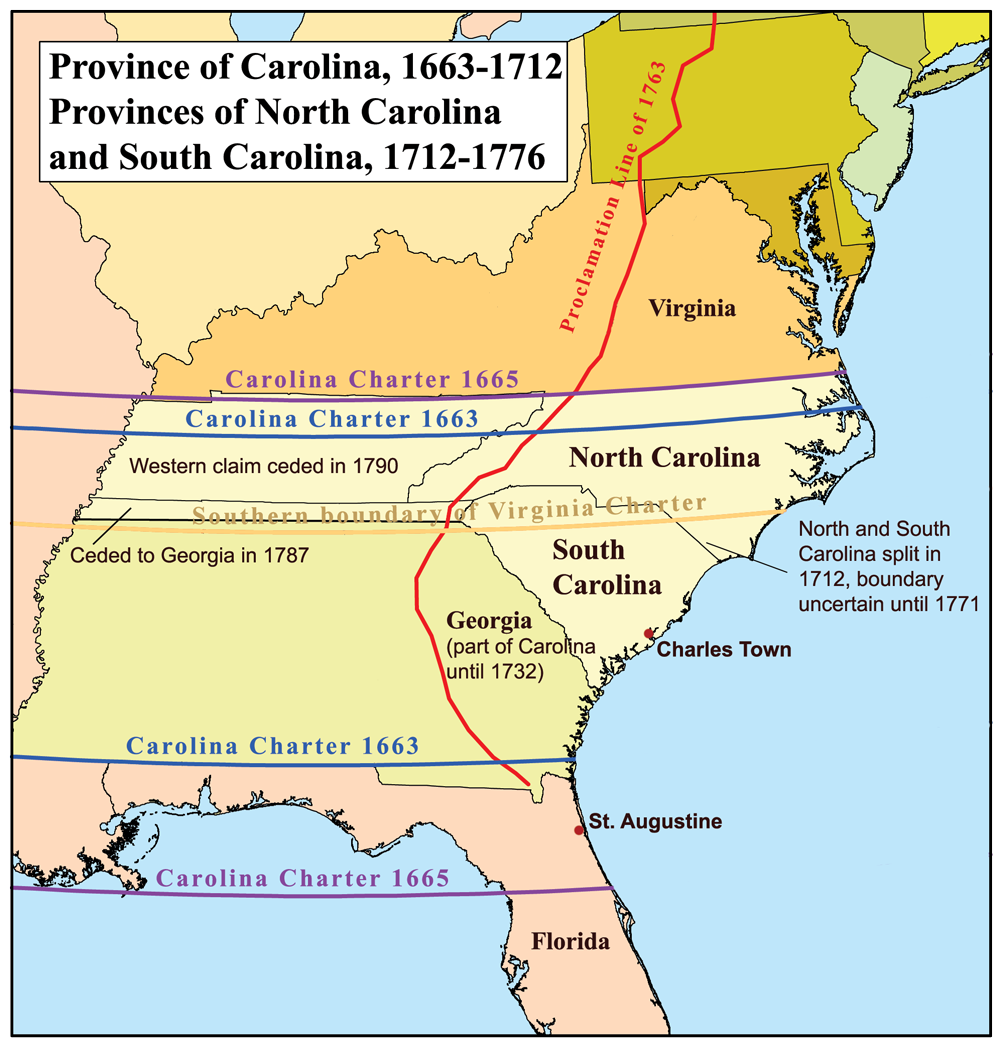|
March 24
Events Pre-1600 * 1199 – King Richard I of England is wounded by a crossbow bolt while fighting in France, leading to his death on April 6. *1387 – English victory over a Franco- Castilian-Flemish fleet in the Battle of Margate off the coast of Margate. *1401 – Turco-Mongol emperor Timur sacks Damascus. 1601–1900 * 1603 – James VI of Scotland is proclaimed King James I of England and Ireland, upon the death of Elizabeth I. * 1603 – Tokugawa Ieyasu is granted the title of ''shōgun'' from Emperor Go-Yōzei, and establishes the Tokugawa shogunate in Edo, Japan. *1663 – The Province of Carolina is granted by charter to eight Lords Proprietor in reward for their assistance in restoring Charles II of England to the throne. * 1720 – Count Frederick of Hesse-Kassel is elected King of Sweden by the Riksdag of the Estates, after his consort Ulrika Eleonora abdicated the throne on 29 February. * 1721 – Johann Sebastian Bach d ... [...More Info...] [...Related Items...] OR: [Wikipedia] [Google] [Baidu] |
1199
Year 1199 ( MCXCIX) was a common year starting on Friday (link will display the full calendar) of the Julian calendar. Events By place Europe * January 13 – A short-lived truce is declared, between the Kings Richard I (the Lionheart) and Philip II (Augustus). Two of Europe's most powerful rulers meet on the banks of the Seine River, while shouting terms to one another. With a peace secured, Richard is able to refocus on bringing internal order to the south of the Angevin Empire. * March 26 – Richard I besieges the unarmed castle of Châlus-Chabrol, and is shot in the left shoulder with a crossbow, by the French boy Pierre Basile. The war between the kingdoms of England and France has become so brutal, that Hugh of Lincoln is warned that "nothing now is safe, neither the city to dwell in nor the highway for travel". * April 6 – Richard I dies from gangrene, caused by his crossbow wound. His younger brother, John (Lackland), becomes King of Engl ... [...More Info...] [...Related Items...] OR: [Wikipedia] [Google] [Baidu] |
James I Of England
James VI and I (James Charles Stuart; 19 June 1566 – 27 March 1625) was King of Scotland as James VI from 24 July 1567 and King of England and Ireland as James I from the union of the Scottish and English crowns on 24 March 1603 until his death in 1625. The kingdoms of Scotland and England were individual sovereign states, with their own parliaments, judiciaries, and laws, though both were ruled by James in personal union. James was the son of Mary, Queen of Scots, and a great-great-grandson of Henry VII, King of England and Lord of Ireland, and thus a potential successor to all three thrones. He succeeded to the Scottish throne at the age of thirteen months, after his mother was compelled to abdicate in his favour. Four different regents governed during his minority, which ended officially in 1578, though he did not gain full control of his government until 1583. In 1603, he succeeded Elizabeth I, the last Tudor monarch of England and Ireland, who died childless. He ... [...More Info...] [...Related Items...] OR: [Wikipedia] [Google] [Baidu] |
Frederick I Of Sweden
Frederick I ( sv, Fredrik I; 28 April 1676 – 5 April 1751) was prince consort of Sweden from 1718 to 1720, and King of Sweden from 1720 until his death and (as ''Frederick I'') also Landgrave of Hesse-Kassel from 1730. He ascended the throne following the death of his brother-in-law absolutist Charles XII in the Great Northern War, and the abdication of his wife, Charles's sister and successor Ulrika Eleonora, after she had to relinquish most powers to the Riksdag of the Estates and thus chose to abdicate. His powerless reign and lack of legitimate heirs of his own saw his family's elimination from the line of succession after the parliamentary government dominated by pro- revanchist Hat Party politicians ventured into a war with Russia, which ended in defeat and the Russian tsarina Elizabeth getting Adolf Frederick of Holstein-Gottorp instated following the death of the king. He is known as Frederick I despite being the only Swedish king of that name. Youth He was ... [...More Info...] [...Related Items...] OR: [Wikipedia] [Google] [Baidu] |
1720
Events January–March * February 10 – Edmond Halley is appointed as Astronomer Royal for England. * January 21 – Sweden and Prussia sign the Treaty of Stockholm (Great Northern War). * February 17 – The Treaty of The Hague is signed between Spain, Britain, France, Austria and the Dutch Republic, ending the War of the Quadruple Alliance. * February 24 – Battle of Nassau: Spanish forces assault the British settlement of Nassau, Bahamas during the War of the Quadruple Alliance. * March 11 (February 29 Old Style) – Queen Ulrika Eleonora of Sweden resigns, to let her husband Frederick I take over as king of Sweden. She had desired a joint rule, in a similar manner to William III and Mary II in Britain, but as the Swedish Riksdag of the Estates refuses this, she abdicates in her husband's favour instead. April–June * April 4 (March 24 Old Style) – The Riksdag of the Estates elects Frederick I new King of Sweden. * April & ... [...More Info...] [...Related Items...] OR: [Wikipedia] [Google] [Baidu] |
Charles II Of England
Charles II (29 May 1630 – 6 February 1685) was King of Scotland from 1649 until 1651, and King of England, Scotland and Ireland from the 1660 Restoration of the monarchy until his death in 1685. Charles II was the eldest surviving child of Charles I of England, Scotland and Ireland and Henrietta Maria of France. After Charles I's execution at Whitehall on 30 January 1649, at the climax of the English Civil War, the Parliament of Scotland proclaimed Charles II king on 5 February 1649. But England entered the period known as the English Interregnum or the English Commonwealth, and the country was a de facto republic led by Oliver Cromwell. Cromwell defeated Charles II at the Battle of Worcester on 3 September 1651, and Charles fled to mainland Europe. Cromwell became virtual dictator of England, Scotland and Ireland. Charles spent the next nine years in exile in France, the Dutch Republic and the Spanish Netherlands. The political crisis that followed Cromwell's deat ... [...More Info...] [...Related Items...] OR: [Wikipedia] [Google] [Baidu] |
Restoration (England)
The Restoration of the Stuart monarchy in the kingdoms of England, Scotland and Ireland took place in 1660 when King Charles II returned from exile in continental Europe. The preceding period of the Protectorate and the civil wars came to be known as the Interregnum (1649–1660). The term ''Restoration'' is also used to describe the period of several years after, in which a new political settlement was established. It is very often used to cover the whole reign of King Charles II (1660–1685) and often the brief reign of his younger brother King James II (1685–1688). In certain contexts it may be used to cover the whole period of the later Stuart monarchs as far as the death of Queen Anne and the accession of the Hanoverian King George I in 1714. For example, Restoration comedy typically encompasses works written as late as 1710. The Protectorate After Richard Cromwell, Lord Protector from 1658 to 1659, ceded power to the Rump Parliament, Charles Fleetwood and ... [...More Info...] [...Related Items...] OR: [Wikipedia] [Google] [Baidu] |
Lords Proprietor
A lord proprietor is a person granted a royal charter for the establishment and government of an English colony in the 17th century. The plural of the term is "lords proprietors" or "lords proprietary". Origin In the beginning of the European colonial era, trade companies such as the East India Company were the most common method used to settle new land. This changed following Maryland's Royal Grant in 1632, when King Charles I granted George Calvert, 1st Baron Baltimore proprietary rights to an area east of the Potomac River in exchange for a share of the income derived there. Proprietary colonies later became the most common way to settle areas with British subjects. The land was licensed or granted to a proprietor who held expanse power. These powers were commonly written into the land charters by using the "Bishop Durham clause" which recreated the powers and responsibilities once given to the County Palatine of Durham in England. Through this clause, the lord proprietor w ... [...More Info...] [...Related Items...] OR: [Wikipedia] [Google] [Baidu] |
Province Of Carolina
Province of Carolina was a province of England (1663–1707) and Great Britain (1707–1712) that existed in North America and the Caribbean from 1663 until partitioned into North and South on January 24, 1712. It is part of present-day Alabama, Georgia, Mississippi, North Carolina, South Carolina, Tennessee, and The Bahamas. Etymology "Carolina" is taken from the Latin word for "Charles" ( Carolus), honoring King CharlesI. and was first named in the 1663 Royal Charter granting to Edward, Earl of Clarendon; George, Duke of Albemarle; William, Lord Craven; John, Lord Berkeley; Anthony, Lord Ashley; Sir George Carteret, Sir William Berkeley, and Sir John Colleton the right to settle lands in the present-day U.S. states of North Carolina, Tennessee, South Carolina, Georgia, Alabama, Mississippi, and Florida. Background On October 30, 1629, King Charles I of England granted a patent to Sir Robert Heath for the lands south of 36 degrees and north of 31 degrees ... [...More Info...] [...Related Items...] OR: [Wikipedia] [Google] [Baidu] |
1663
Events January–March * January 10 – The Royal African Company is granted a Royal Charter by Charles II of England. * January 23 – The Treaty of Ghilajharighat is signed in India between representatives of the Mughal Empire and the independent Ahom Kingdom (in what is now the Assam state), with the Mughals ending their occupation of the Ahom capital of Garhgaon, in return for payment by Ahom in silver and gold for costs of the occupation, and King Sutamla of Ahom sending one of his daughters to be part of the harem of Mughal Emperor Aurangzeb. * February 5 - A magnitude 7.3 to 7.9 earthquake hits Canada's Quebec Province. * February 8 – English pirates led by Christopher Myngs and Edward Mansvelt carry out the sack of Campeche in Mexico, looting the town during a two week occupation that ends on February 23. * February 10 – The army of the Kingdom of Siam (now Thailand) captures Chiang Mai from the Kingdom of Burma (now Myan ... [...More Info...] [...Related Items...] OR: [Wikipedia] [Google] [Baidu] |
Tokugawa Shogunate
The Tokugawa shogunate (, Japanese 徳川幕府 ''Tokugawa bakufu''), also known as the , was the military government of Japan Japan ( ja, 日本, or , and formally , ''Nihonkoku'') is an island country in East Asia. It is situated in the northwest Pacific Ocean, and is bordered on the west by the Sea of Japan, while extending from the Sea of Okhotsk in the no ... during the Edo period from 1603 to 1868.Louis-Frédéric, Nussbaum, Louis-Frédéric. (2005)"''Tokugawa-jidai''"in ''Japan Encyclopedia'', p. 978.Nussbaum"''Edo-jidai''"at p. 167. The Tokugawa shogunate was established by Tokugawa Ieyasu after victory at the Battle of Sekigahara, ending the civil wars of the Sengoku period following the collapse of the Ashikaga shogunate. Ieyasu became the ''shōgun,'' and the Tokugawa clan governed Japan from Edo Castle in the eastern city of Edo (Tokyo) along with the ''daimyō'' lords of the ''samurai'' class.Nussbaum"Tokugawa"at p. 976. The Tokugawa shogunate organized ... [...More Info...] [...Related Items...] OR: [Wikipedia] [Google] [Baidu] |
Emperor Go-Yōzei
was the 107th Emperor of Japan, according to the traditional order of succession. Go-Yōzei's reign spanned the years 1586 through to his abdication in 1611, corresponding to the transition between the Azuchi–Momoyama period and the Edo period. This 16th-century sovereign was named after the 9th-century Emperor Yōzei, and , translates as ''later'', and thus, he could be called the "Later Emperor Yōzei". The Japanese word ''go'' has also been translated to mean ''the second one'', and in some older sources, this emperor may be identified as "Yōzei, the second", or as "Yōzei II". Genealogy Before Go-Yōzei's ascension to the Chrysanthemum Throne, his personal name ('' imina'') was or . He was the eldest son of , also known as Prince Sanehito and posthumously named Yōkwōin ''daijō-tennō'', who was the eldest son of Emperor Ōgimachi. His mother was a lady-in-waiting. Go-Yōzei's Imperial family lived with him in the Dairi of the Heian Palace. The family included at ... [...More Info...] [...Related Items...] OR: [Wikipedia] [Google] [Baidu] |
Shōgun
, officially , was the title of the military dictators of Japan during most of the period spanning from 1185 to 1868. Nominally appointed by the Emperor, shoguns were usually the de facto rulers of the country, though during part of the Kamakura period, shoguns were themselves figureheads, with real power in hands of the Shikken of the Hōjō clan. The office of shogun was in practice hereditary, though over the course of the history of Japan several different clans held the position. The title was originally held by military commanders during Heian period in the eighth and ninth centuries. When Minamoto no Yoritomo gained political ascendency over Japan in 1185, the title was revived to regularize his position, making him the first shogun in the usually understood sense. The shogun's officials were collectively referred to as the ; they were the ones who carried out the actual duties of administration, while the Imperial court retained only nominal authority.Beasley, William ... [...More Info...] [...Related Items...] OR: [Wikipedia] [Google] [Baidu] |









